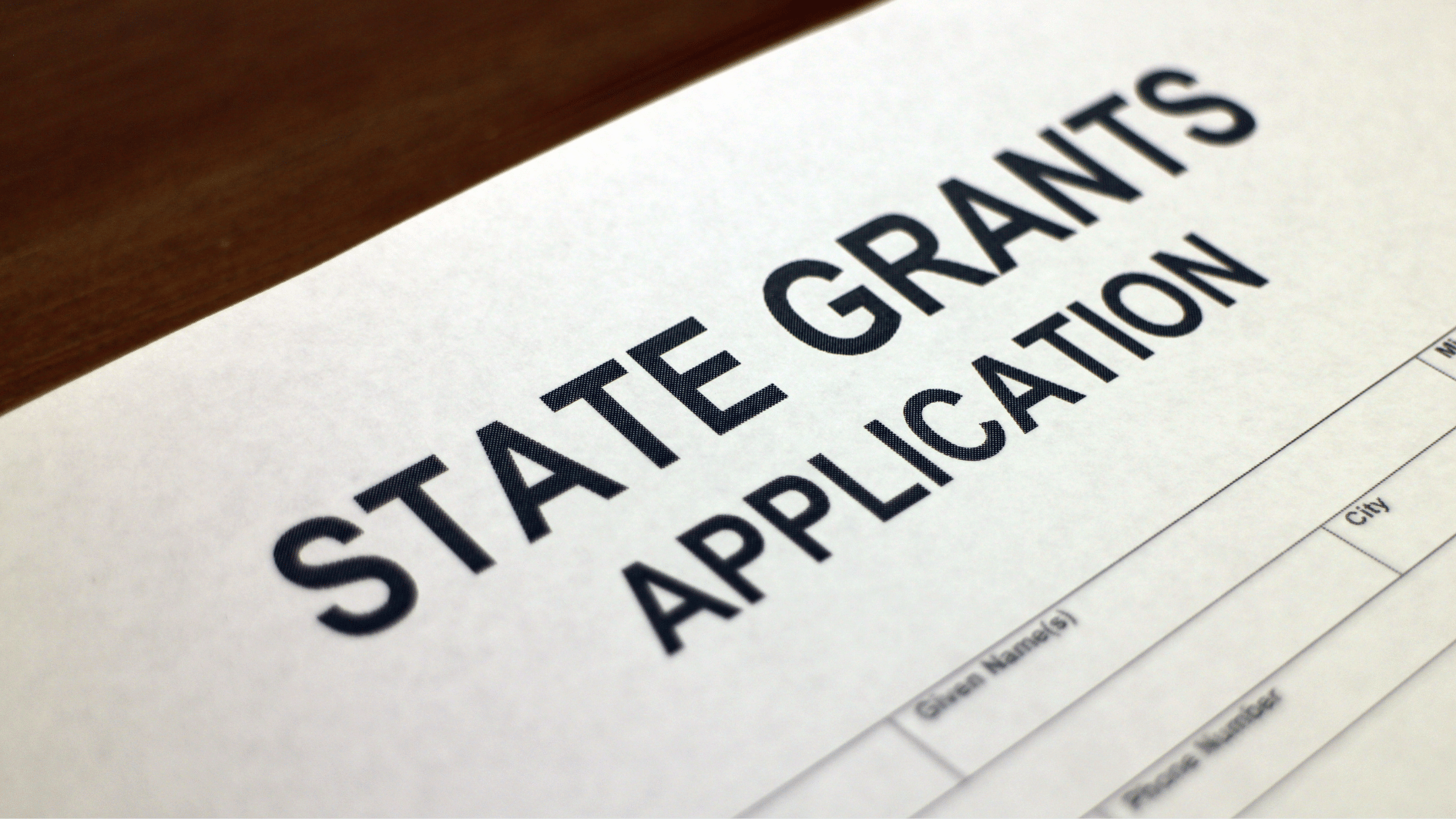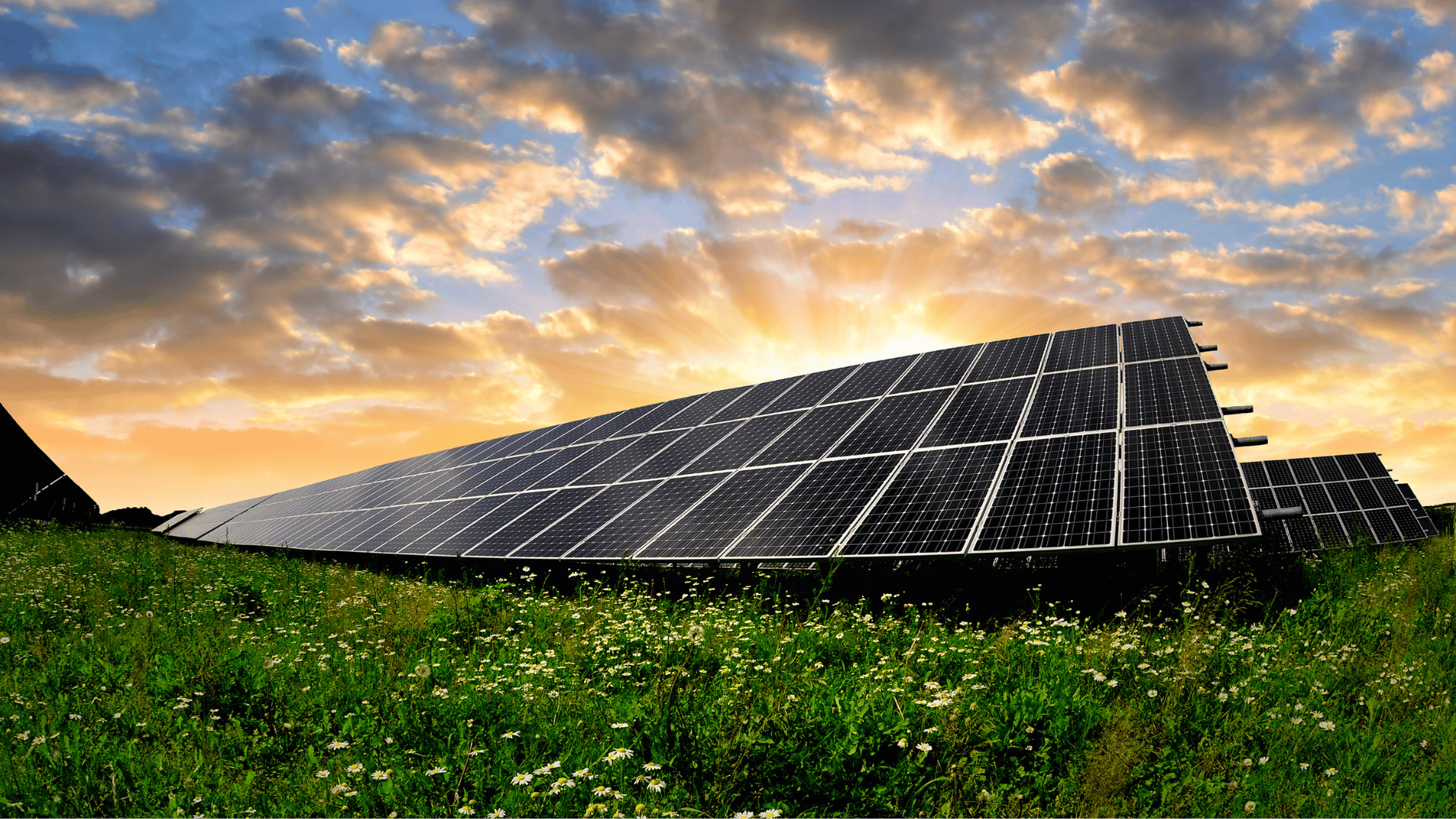Image source: Canva.com
Earlier last month, the New York State Energy Research and Development Agency and the state Department of Public Service issued a report that shows we are no longer on track to generate 70% of our electricity from renewable sources by 2030. As New Yorkers struggle to stay cool during another record-breaking heat wave, we should be deeply concerned. The two main reasons we’re falling behind on our clean-energy commitments are electric load growth and delays or cancellations for utility-scale renewable-energy projects due to rising costs.
This report paints a gloomy picture, but it largely overlooks a bright spot in New York’s clean-energy transition.
New York’s rooftop and community solar market is thriving. In fact, it just had its best year ever, installing nearly one gigawatt of capacity in 2023 alone. Rooftop and community solar projects are smaller individually than utility-scale projects, but they can be deployed quickly and at scale; according to data from New York Independent System Operator and the Department of Public Service, 93% of New York’s installed capacity is rooftop and community (“distributed”) solar and we’re actually ahead of schedule for our distributed solar deployment goals.
That’s why the solar industry and a growing coalition of clean-energy supporters are calling for Gov. Kathy Hochul to raise New York’s distributed solar goal from 10 gigawatts by 2030 to 20 gigawatts by 2035, and to advance policies to accelerate deployment.
Doubling distributed solar deployment won’t just help New York close the gap on its clean-energy commitments; it will provide immense benefits to New Yorkers, including direct electric bill savings for homes and businesses and billions in revenue to rural landowners and local governments through lease payments and property taxes. It will lower the cost of New York’s energy transition and support 15,000 additional jobs.
An important, and often overlooked, element of New York’s climate law is the requirement that low-income New Yorkers and those in disadvantaged communities receive at least 35% of the benefits of New York’s clean-energy investments. Meeting this requirement is critical for ensuring that our transition to clean energy is affordable for all New Yorkers. Rooftop and community solar can deliver direct utility bill savings to low-income households, including renters and others who can’t install solar in their own homes.
Scaling up distributed solar deployment will require policy changes, but the good news is that we know what those policies are and just need to implement them. Key policies to accelerate cost-effective and equitable solar deployment include:
- Lowering the cost of connecting new solar projects to the utility distribution system.
- Making it easier and faster for well-sited projects to be permitted and built.
- Improving rate designs to ensure accurate compensation for distributed solar and energy storage.
- Creating incentives for beneficial siting, such as solar constructed on the built environment, brownfields and agrivoltaic systems, and projects that deliver savings to low-income households.
New York’s energy progress report is a wake-up call for policymakers. Now is not the time for wavering on our commitments, nor is it the time for business as usual. New York doesn’t need a white flag; we need a new strategy that relies on fast, proven solutions like rooftop and community solar.

Bill to cut red tape on rooftop solar advances in Albany
Source: Times Union





